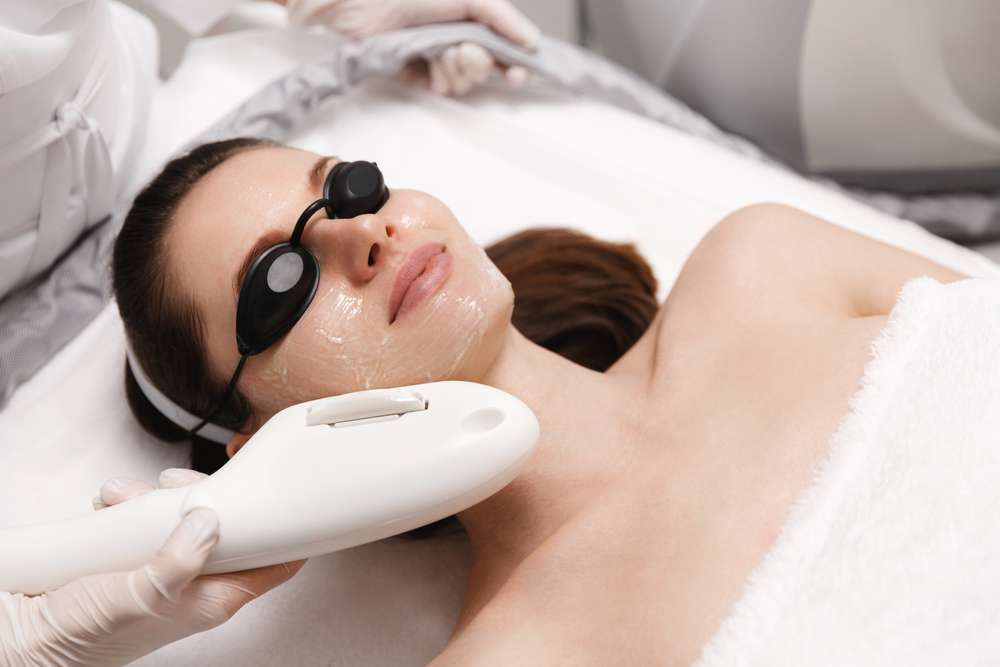Skin Rejuvenation: Treatments to Restore Your Glow
Explore effective skin rejuvenation options—from lasers and chemical peels to microneedling and fillers—to improve texture, tone, and firmness. This guide explains common procedures, benefits, risks, recovery timelines, and how to choose the treatment that fits your skin type and goals. Learn what to expect before, during, and after each option and how to find a qualified practitioner.

Reclaiming healthier, more youthful-looking skin is possible through a variety of clinical and noninvasive procedures collectively known as skin rejuvenation. Whether you want to soften fine lines, correct uneven pigmentation, or restore lost volume, understanding the available treatments, their benefits, and potential downsides helps you make informed decisions.
Common skin rejuvenation treatments
There are several widely used treatments, each targeting different skin concerns:
-
Laser treatments: Concentrated light energy penetrates targeted layers of skin to stimulate collagen and elastin. Lasers can reduce fine lines, fade sunspots and hyperpigmentation, and improve overall texture. Different laser systems vary in intensity and recovery time.
-
Chemical peels: A controlled application of an acid solution removes damaged surface layers to encourage fresh skin growth. Peels range from superficial to deep, with deeper peels producing more dramatic results but requiring longer recovery.
-
Microdermabrasion: This mechanical exfoliation uses fine abrasive crystals or a diamond-tip device to slough off dead skin cells and reveal a brighter, smoother surface. It is typically gentle with minimal downtime.
-
Dermal fillers: Injectable hyaluronic acid and other biocompatible fillers restore facial volume, smooth static wrinkles, and enhance contours. Results are immediate and vary in longevity depending on the product and treatment area.
-
Microneedling: Tiny sterile needles create micro-injuries in the skin, prompting a healing response that increases collagen and elastin production. Microneedling can improve texture, reduce scarring, and support product absorption.
How to pick the right option for your skin
Choosing an appropriate procedure requires an assessment of your skin type, the specific concerns you want to address, and your recovery tolerance. A dermatologist or licensed skincare professional should evaluate factors like sensitivity, history of pigmentation changes, scarring tendency, and any medical conditions or medications that could affect results. Consider these points when deciding:
- Goals: Are you after subtle texture improvement, pigment correction, or volume restoration? Some treatments deliver immediate volumizing results (fillers), while others work gradually over weeks (laser, microneedling).
- Skin type and tone: Certain lasers and peels carry higher risks for darker skin tones, so tailored options are important to minimize hyperpigmentation.
- Downtime: If you need minimal disruption, microdermabrasion or lighter peels may be preferable. Deeper resurfacing or aggressive laser work requires more recovery.
- Budget and maintenance: Fillers and repeated sessions (for lasers or microneedling) involve ongoing costs. Discuss realistic timelines for maintenance.
Benefits of skin rejuvenation
Undergoing appropriate treatments can deliver multiple improvements:
- Smoother skin texture and more even tone
- Reduction of fine lines and expression wrinkles
- Increased collagen production and improved elasticity
- Fading of age spots and hyperpigmentation
- Diminished appearance of scars and acne marks
- Enhanced luminosity and healthier-looking skin
Potential risks and side effects
When performed by experienced providers, rejuvenation procedures are generally safe, but unwanted effects can occur:
- Redness and swelling, typically transient
- Increased sensitivity to sunlight and topical products
- Temporary or, rarely, permanent changes in pigmentation
- Infection risk with invasive procedures if aftercare is inadequate
- Scarring in uncommon cases or with deeper treatments
A thorough consultation and adherence to pre- and post-treatment instructions reduce complications.
| Treatment Type | Procedure Duration | Recovery Time | Immediate Results | Long-Term Results |
|---|---|---|---|---|
| Laser Treatment | 30–60 minutes | 3–5 days | Mild initial improvement | Noticeable after 2–3 weeks |
| Chemical Peel | 30–60 minutes | 3–7 days | Peeling and renewed surface | Visible after 1–2 weeks |
| Microdermabrasion | 30–60 minutes | 1–2 days | Instant glow | Gradual improvement over sessions |
| Dermal Fillers | 15–30 minutes | 1–2 days | Immediate volume and smoothing | Lasts 6–18 months depending on product |
| Microneedling | 30–60 minutes | 2–4 days | Mild redness | Results develop over 4–6 weeks |
Prices, rates, or cost estimates mentioned in this article are based on the latest available information but may change over time. Independent research is advised before making financial decisions.
What to expect during and after a treatment
Most procedures cause only mild discomfort; topical numbing or cooling is often used for comfort. Immediately after treatment you may notice redness, swelling, or light peeling depending on the procedure. Recovery instructions commonly include gentle cleansing, avoiding sun exposure, regular use of a broad-spectrum sunscreen, and following any prescribed topical care. Many cosmetic improvements appear gradually as collagen remodels, so patience and following a maintenance plan are important.
Final considerations
Skin rejuvenation offers diverse pathways to refreshed, healthier skin. The best approach depends on your concerns, skin type, schedule, and budget. Always consult a qualified dermatologist or licensed practitioner to develop a customized plan, review potential risks, and set realistic expectations. When carried out safely, these treatments can significantly enhance skin quality and confidence.
This article is for informational purposes only and should not be considered medical advice. Please consult a qualified healthcare professional for personalized guidance and treatment.






